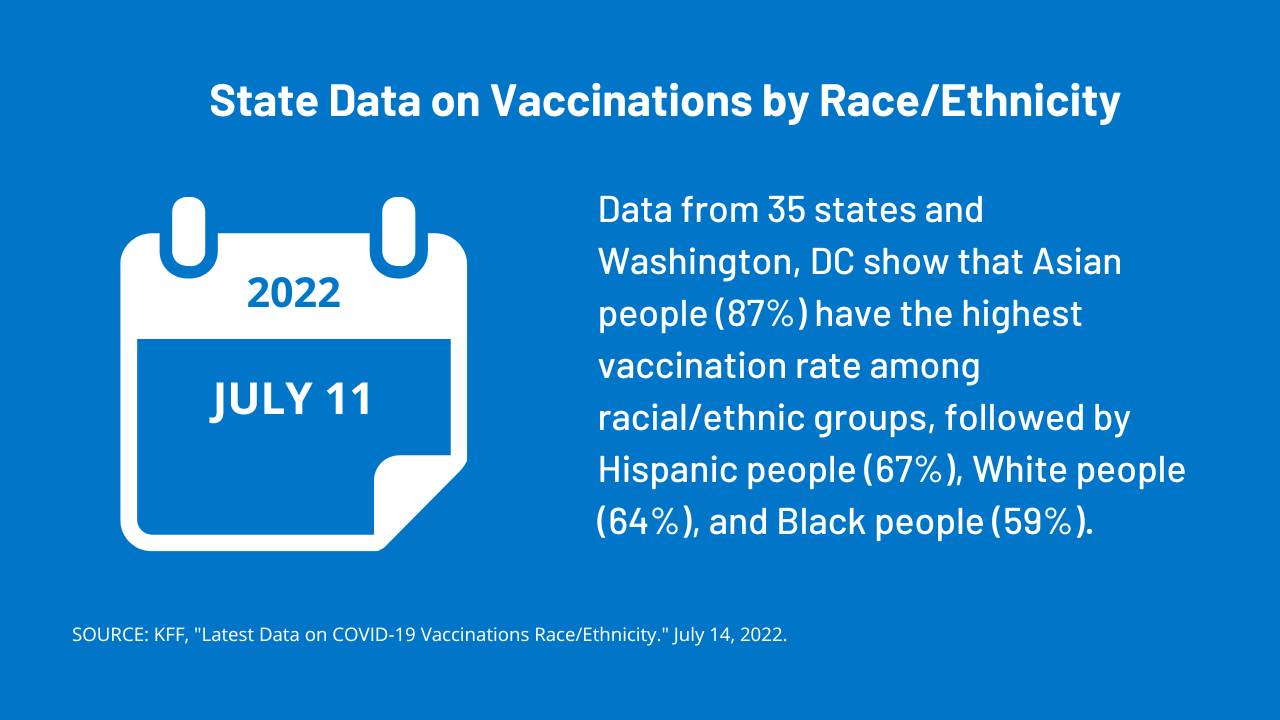MIAMI — The posts proliferated on election night before anything remotely definitive was known about the results of the presidential race. “Robado,” they falsely repeated again and again in Spanish:
President Trump was being robbed of a victory. He had won Arizona. George Soros was funding violent “antifa riots.”
The baseless social media messages to Latinos trying to delegitimize the election and the results for
Joseph R. Biden Jr.circulated online on Tuesday night and into Wednesday, part of a disinformation campaign to undermine Latino confidence in the vote as it unfolded.
Ahead of Election Day,
false news in Spanish tried to turn Latinos against Black Lives Matter and tie Mr. Biden to socialism, tactics that experts said could depress the Hispanic vote. Now that voting is complete, the rampant falsehoods have only garnered larger audiences — including among immigrants less familiar with the institutions of American democracy. The gist of the falsehoods is that the election is “rigged” against Mr. Trump.
“These misinformation narratives are helping plunge the country further into chaos and confusion,” said Fadi Quran, a director at Avaaz, a nonprofit that tracks disinformation. He called the disinformation campaigns a “democratic emergency.” “The most vulnerable communities in the country are paying the highest price,” he said.
For weeks, officials and election security experts braced for what was widely expected to be an election marred by hacking and misinformation. They zeroed in on familiar adversaries in Russia, which weeks earlier had been caught hiring people in Mexico and Venezuela to push out Instagram and Facebook content.
The officials and researchers worried about interference from Iran after
Iranians posing as members of the far-right Proud Boys group threatened Democrats not to vote. The Justice Department on Wednesday announced
a takedown of dozens of Iranian propaganda sites targeting Americans. And Microsoft and United States Cyber Command separately took aim at Russian cybercriminals’ hacking infrastructure in an effort to stave off the kinds of ransomware attacks that could freeze up election systems.
But on Tuesday, they breathed a sigh of relief as Election Day passed relatively unscathed. It was, one administration official said, just another Tuesday on the internet.
Yet 24 hours later, it appeared Facebook and Twitter might have overlooked the deluge of disinformation targeting Spanish-speaking Americans. Spanish-language accounts with huge followings falsely said that Mr. Trump had secured an early victory, that social media was censoring his win and that Mr. Biden was cheating.
Twitter accounts with large followings pushed a debunked conspiracy theory, adopted by some prominent American conservatives, that election workers in Maricopa County, Ariz., had given Trump voters pens that could not be detected by ballot scanners. Others claimed that armed protesters funded by the billionaire Mr. Soros were taking over the U.S. Capitol.
By Wednesday, disinformation experts like Mr. Quran likened the flood of Spanish-language disinformation to an emergency and called on social media platforms to retroactively inform anyone who engaged with the content that the claims were false.
The reach of the disinformation is vast. In just 24 hours, Spanish-language disinformation was generating traffic that eclipsed even the interference campaign by the Kremlin-backed Russian Internet Research Agency four years ago.
On Facebook, a video posted to a seven-month-old Colombian account called Mr. Capacho en Vivo, with 40,000 followers, accused Twitter of censoring Mr. Trump’s victory and had already been viewed more than 500,000 times — far more traffic than Russian trolls generated with fake Black Lives Matter ads ahead of the 2016 election.
Marketed as a global finance and political news page, the Colombian account pushed QAnon conspiracies, such as the baseless belief that leading Democrats are part of a global cabal of Satanist child molesters. On Monday, the same account posted an edited, misleading video of Mr. Biden touching children, falsely claiming that he was a “superpredator.” By Wednesday, the video had been watched about 45,000 times.
Another Spanish-language influencer, Ciro Gómez Leyva, who has more than two million YouTube subscribers, posted a video late Tuesday in which he claimed that 150 members of antifa were descending on Washington with “gas masks, arms and shields.” While protesters did march outside the White House, there was no evidence that weapons were involved.
 Supporters of Mr. Trump gathered in the Little Havana neighborhood of Miami on Tuesday. It is difficult, if not impossible, to know how much false claims influenced Latino voters ahead of Election Day.Credit...Scott McIntyre for The New York Times
Supporters of Mr. Trump gathered in the Little Havana neighborhood of Miami on Tuesday. It is difficult, if not impossible, to know how much false claims influenced Latino voters ahead of Election Day.Credit...Scott McIntyre for The New York Times
On the Spanish-language YouTube channel Campechaneando, a host warned viewers not to believe news that Mr. Biden had overtaken Mr. Trump in the Electoral College count. Some 160,000 people had watched the video by Wednesday.
On another Spanish-language channel, Informativo G24, with more than 500,000 subscribers, hosts compared Democrats to Nazis on Tuesday. The video was seen some 350,000 times.
In Miami, a Spanish-language radio show, “Cada Tarde con Carinés Moncada y Agustín Acosta,” pushed debunked claims late Tuesday that Republican poll watchers had been barred from observing voting locations in Pennsylvania.
In September, one of the show’s co-hosts, Carinés A. Moncada, had pushed a conspiracy theory that a co-founder of Black Lives Matter was involved in devil worship.
It is difficult, if not impossible, to know how much false claims influenced Latino voters ahead of Election Day. But the hub of much of that misinformation was South Florida, home to a diverse community of Latinos, many of whom fled left-wing authoritarian regimes and are receptive to messaging about socialism.
When the results from
Miami-Dade County came in on Tuesday, Mr. Trump outperformed expectations. Robust support from Hispanic voters
helped him win Florida easily and allowed Republicans to
flip two congressional seats in the state.
Juan Pablo Salas, a Colombian political analyst in Sarasota, Fla., said he worried that the misinformation involving Bogotá, Miami and Washington could be a coordinated effort between right-wing interests in Colombia and the U.S., “to essentially turn our Colombian-American community into the tip of the spear of the offense played by the extreme right.”
“They’ve invested a lot of money in turning South Florida into a campaign bastion,” Mr. Salas said of the Republican Party and the party of former President Álvaro Uribe of Colombia, who is close with many Miami Republicans.
On Tuesday night, Eduardo A. Gamarra, a professor of political science at Florida International University, agreed to analyze the election on NTN24, a television news network based in Colombia. He found himself on the air debating Omar Bula Escobar, a former United Nations representative notorious for, among other false claims, saying that Mr. Soros controls the Democratic Party, an anti-Semitic trope embraced by QAnon.
Dr. Gamarra said he rejected Mr. Bula Escobar’s baseless claims of election fraud and then telephoned the network after the interview had concluded.
“I said: ‘Don’t you ever do that to me again. Do background research on your guests,’” he said. “This is irresponsible.”
A producer for the show did not immediately respond to a request for comment on Wednesday.
Evelyn Pérez-Verdía, a Democratic Latino issues strategist in South Florida, said she spent four hours on Tuesday trying to debunk false claims on Spanish-language radio that Mr. Biden, a moderate, was a left-wing radical.
“The Republicans called him a socialist, in those four hours, 20 times,” she said. “And a radical five times, and a Castro-Chavista” — a reference to Fidel Castro of Cuba and Hugo Chávez of Venezuela — “three times. Repeat a lie and repeat it until it becomes the truth.”








